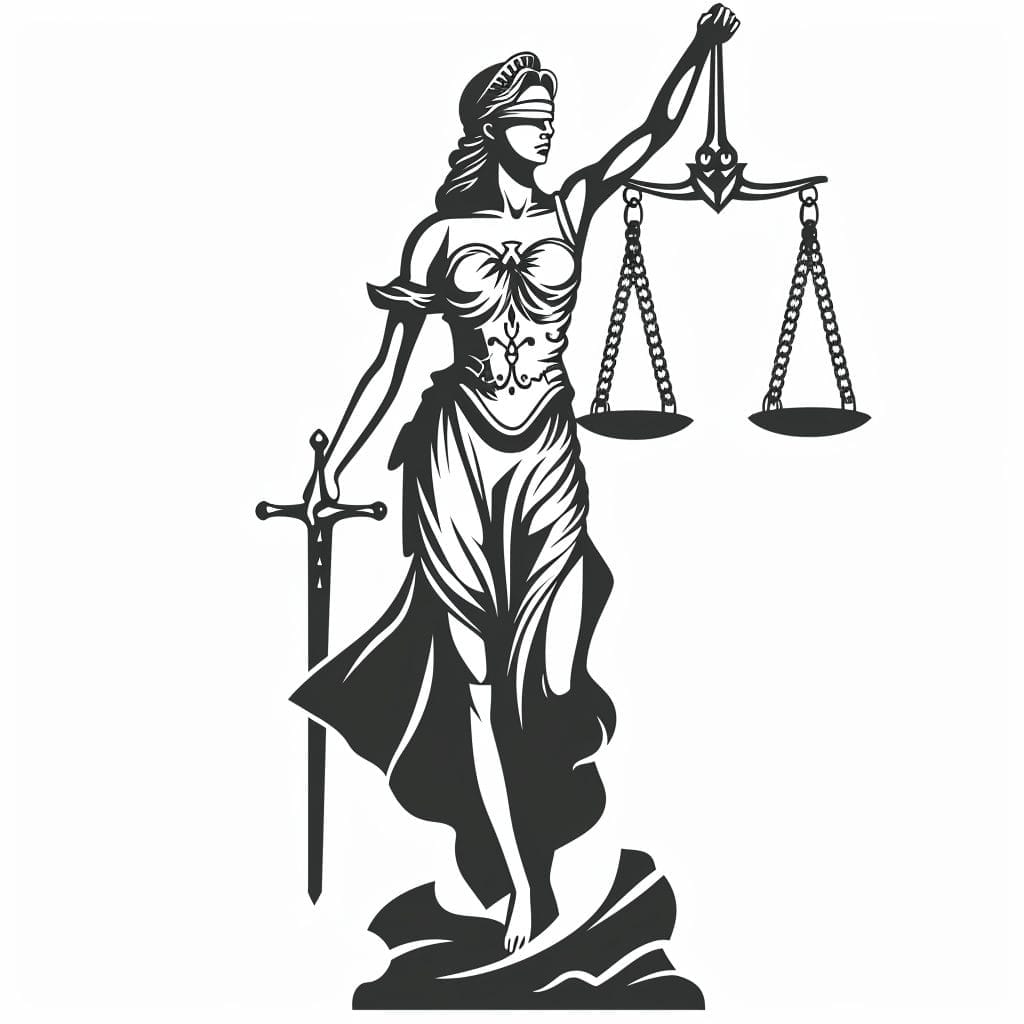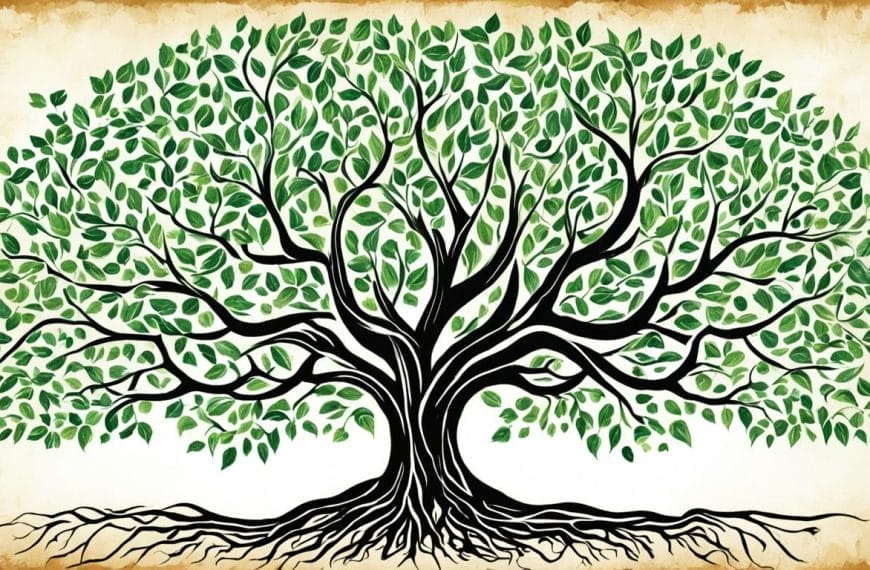Have you ever wondered what the Constitution of the United States truly represents? Is it merely a piece of paper with a set of rules, or does it hold deeper significance? Let’s dive into the world of constitutional law and explore the meaning behind this influential document that shapes the very fabric of our nation.
The US Constitution is more than just a definition of laws; it is the cornerstone of our government, enshrining the fundamental principles and structure that guide our nation. From defining the separation of powers to safeguarding individual rights, the Constitution plays a pivotal role in our daily lives, whether we realize it or not.
So, what is the real meaning of the Constitution? Join us as we decipher its key components, unravel its historical significance, and challenge our understanding of this iconic document. Let’s embark on this captivating journey to unravel the mystery of the US Constitution, one article at a time.
The Role of the Legislative Branch
The Constitution grants legislative power to the Congress of the United States, which consists of the Senate and the House of Representatives. This separation of powers was designed to prevent the concentration of power in one branch and to provide a system of checks and balances. The legislative branch is responsible for making laws, and its powers are described in Article I of the Constitution. It has the authority to levy taxes, declare war, regulate commerce, approve presidential appointments, and more. The Constitution also outlines the requirements for being a member of Congress and establishes that the House of Representatives be composed of members chosen by the people every two years.
Understanding the role of the legislative branch is essential for comprehending the basic constitution principles of the American government. It is through this branch that decisions and policies are created, reflecting the needs and desires of the American people. By upholding the principles outlined in the Constitution, the legislative branch plays a crucial role in preserving the democratic values upon which the nation was founded.
Key Responsibilities of the Legislative Branch
To further comprehend the significance of the legislative branch, let’s explore its key responsibilities:
| Responsibilities | Description |
|---|---|
| Lawmaking | The legislative branch is responsible for proposing, discussing, and passing laws that govern the nation. This includes addressing pressing issues, creating new policies, and amending existing legislation. |
| Oversight | The legislative branch exercises oversight over the other branches of government to ensure proper implementation of laws, ethical conduct, and accountability. |
| Representation | Members of Congress represent the interests and concerns of their constituents. They act as the voice of the people and advocate for their needs. |
| Budgetary Authority | The legislative branch is responsible for approving and overseeing the federal budget, ensuring the appropriate allocation of funds for various programs and government operations. |
The legislative branch serves as the backbone of the American government, embodying the constitution government principles of democracy, representation, and separation of powers. By understanding the role and responsibilities of this branch, individuals can better grasp the intricate workings of the American political system and actively participate in the democratic process.
The Role of the Executive Branch
The executive branch is an essential component of the United States government, as outlined in the US Constitution and constitutional law. This branch is led by the president, who holds various powers and responsibilities, ensuring the governance and administration of the country.
In Article II of the Constitution, the powers and duties delegated to the president are explicitly outlined. Some of the key responsibilities of the president include:
- Enforcing laws to maintain law and order
- Commanding the military for national defense
- Negotiating and making treaties with other nations
- Appointing judges and other government officials
Furthermore, the Constitution establishes specific criteria for individuals aspiring to become the president, such as being a natural-born citizen and at least 35 years old. The term of the presidency is set at four years, with the possibility of re-election for a maximum of two terms.
The executive branch plays a crucial role in the checks and balances system established by the Constitution. It ensures that the government functions efficiently and maintains accountability. By executing and enforcing laws, the president upholds the principles of the Constitution and supports the overall functioning of the government as a whole.
Infographic: Key Powers of the President
| Power | Description |
|---|---|
| Enforcing Laws | The president is responsible for upholding and enforcing laws to ensure the rule of law in the country. |
| Commander-in-Chief | The president serves as the commander-in-chief of the military, making critical decisions regarding national defense. |
| Treaty-Making | The president has the authority to negotiate and make treaties with other nations, subject to the approval of the Senate. |
| Appointment Power | The president appoints judges, cabinet members, and other officials, ensuring the smooth functioning of the government. |
The Role of the Judicial Branch
The judicial branch of the United States government is responsible for interpreting and applying the law. It consists of the Supreme Court and other federal courts. Article III of the Constitution outlines the powers and jurisdiction of the judicial branch. The Supreme Court has the authority to hear cases involving constitutional issues and to review the constitutionality of laws passed by Congress.
The Constitution grants lifetime tenure to federal judges to ensure their independence and impartiality. The decisions of the Supreme Court and other federal courts have a significant impact on the interpretation and development of constitutional law in the United States.
Supreme Court Jurisdiction
The Supreme Court, as the highest court in the land, addresses cases involving constitutional issues. This entails examining whether laws or government actions align with the provisions set forth in the Constitution. The Supreme Court’s power of judicial review allows it to declare laws unconstitutional if they violate the Constitution’s principles.
Landmark Supreme Court Cases
The Supreme Court has played a vital role in shaping constitutional law through landmark cases that have had a lasting impact on American society. Notable examples include:
- Brown v. Board of Education (1954): This groundbreaking case declared racial segregation in public schools unconstitutional, laying the groundwork for the civil rights movement.
- Roe v. Wade (1973): This case established a woman’s constitutional right to have an abortion, sparking ongoing debates around reproductive rights.
- Citizens United v. FEC (2010): This case expanded the rights of corporations to engage in political spending, leading to increased influence of money in politics.
Judicial Independence and Lifetime Tenure
The Constitution grants federal judges lifetime tenure to shield them from political pressures and ensure an independent judiciary. This provision safeguards judges from external influences and promotes impartial decision-making based on the law rather than short-term political considerations.
The Structure of the Federal Judiciary
In addition to the Supreme Court, the federal judiciary system consists of various lower courts. These include district courts, circuit courts of appeals, and specialized courts such as the Court of Appeals for the Federal Circuit. Each court operates within its designated jurisdiction and contributes to the administration of justice at different levels.
Supreme Court Justices
| Justice | Appointed By | Year |
|---|---|---|
| John Roberts | George W. Bush | 2005 |
| Clarence Thomas | George H.W. Bush | 1991 |
| Stephen Breyer | Bill Clinton | 1994 |
| Samuel Alito | George W. Bush | 2006 |
| Sonia Sotomayor | Barack Obama | 2009 |
Constitutional Amendments and the Bill of Rights
The Constitution of the United States is a living document that can be amended through a specific process outlined in Article V. Over the years, there have been 27 amendments made to the Constitution, each addressing significant issues and evolving societal needs. One of the most significant additions to the Constitution is the Bill of Rights, which comprises the first ten amendments.
The Bill of Rights guarantees essential individual rights and freedoms, providing a strong foundation for the protection of citizens. These rights include freedom of speech, religion, the press, and the right to peacefully assemble and petition the government. The Bill of Rights also ensures the right to bear arms, protects against unreasonable searches and seizures, and guarantees due process and a fair trial.
The amendments to the Constitution address a wide range of issues that have shaped the course of American history. For example, the Thirteenth Amendment abolished slavery, while the Nineteenth Amendment granted women the right to vote. Other amendments have defined the balance of power between the federal government and the states, extended voting rights to different individuals and communities, and expanded protections for individual liberties.
The Constitution and its amendments provide the framework for the functioning of the government and the protection of individual rights in the United States. It ensures that the government operates within the boundaries outlined in the Constitution, preventing the abuse of power and ensuring the preservation of liberty for all citizens.
Conclusion
The Constitution of the United States is the bedrock of our government, providing the framework for how our nation operates. It establishes the basic principles of our democracy, such as the separation of powers, the rule of law, and the protection of individual rights.
Understanding the Constitution is crucial for every citizen. It empowers us to actively participate in the democratic process and hold our government accountable. By familiarizing ourselves with the Constitution’s various components, we can navigate the complexities of our government and exercise our rights and responsibilities as citizens.
From the distribution of power among the three branches of government to the checks and balances that ensure no single branch becomes too powerful, the Constitution guides our government’s actions and safeguards our liberties. It is a living document, capable of amendment to reflect the evolving needs and values of our society.
Therefore, a thorough understanding of the Constitution, its principles, and its significance is essential for all Americans. It empowers us to make informed decisions, engage in meaningful civic discourse, and contribute to the ongoing preservation of our democracy.













